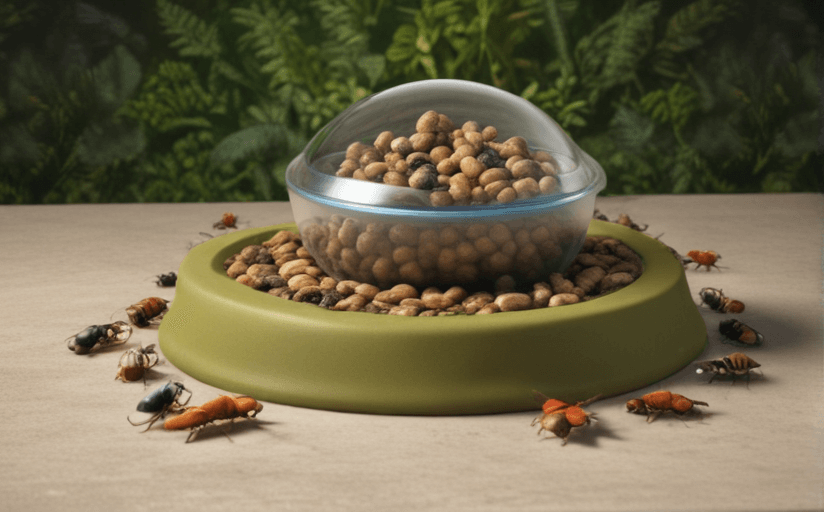The Role of Insects in Pet Diets and Its Environmental Impact
In recent years, pet owners have been increasingly searching for innovative and sustainable dietary solutions for their pets. One alternative that has garnered high interest is the inclusion of insects in pet foods.
Nutritional Contributions from Insects
Insects like crickets, mealworms and black soldier flies, for example, are not just sustainable, but also pack high protein content, a crucial nutrient for pets' health and growth. They are rich sources of other essential nutrients such as minerals, vitamins and fats. Their unique nutrient profile presents a direct advantage in terms of meeting the dietary requirements of pets. Unlike traditional meat sources, insects can be a high-quality protein source, especially for pets that may have specific food allergies or sensitivities.
Environmental Impact of Using Insects in Pet Diets
Positive Impact
A positive environmental implication of turning to insects is the decrease in the use of traditional pet food ingredients like poultry and beef, the production of which can significantly contribute to greenhouse gas emissions and the deforestation of tropical rainforests. In addition, several insects can feed on organic waste while growing, thereby aiding waste reduction and recycling resources in a constructive manner.
Negative Impact
However, there are concerns regarding insect farming too. As this sector is still emerging, there is insufficient regulation and standardisation to ensure its environmental footprint remains manageable. Concerns range from managing the waste generated from large-scale insect farms to the potential spread of diseases which can be detrimental to local ecosystems if not adequately controlled.
Differing Perspectives and Considerations
Pet owners may find the prospect appealing given the nutritional benefits and the opportunity to support environmentally-friendly practices. However, acceptance could be a hurdle as the notion of feeding insects to their pets may sound unappetizing or even unacceptable for some.
For pet food producers, incorporating insects could potentially reduce costs due to lower feed requirements and space usage. However, regulations, public perception and logistical challenges of farming insects at a commercial scale are potential drawbacks.
From an environmentalist perspective, it represents a promising shift towards sustainable practices and reducing the carbon footprint of the pet-food industry. The pressing concern, though, is ensuring that it does not bring about unintended consequences which could harm local ecosystems.
Conclusion
The inclusion of insects in pet diets can undeniably offer an innovative solution to pet owners and an environmentally friendly alternative that could decrease greenhouse gas emissions. However, it is fundamental that we balance these benefits with careful consideration of potential negative ecosystem impact and ethical issues surrounding public acceptance and animal welfare.

















Comments
Leave a Comment